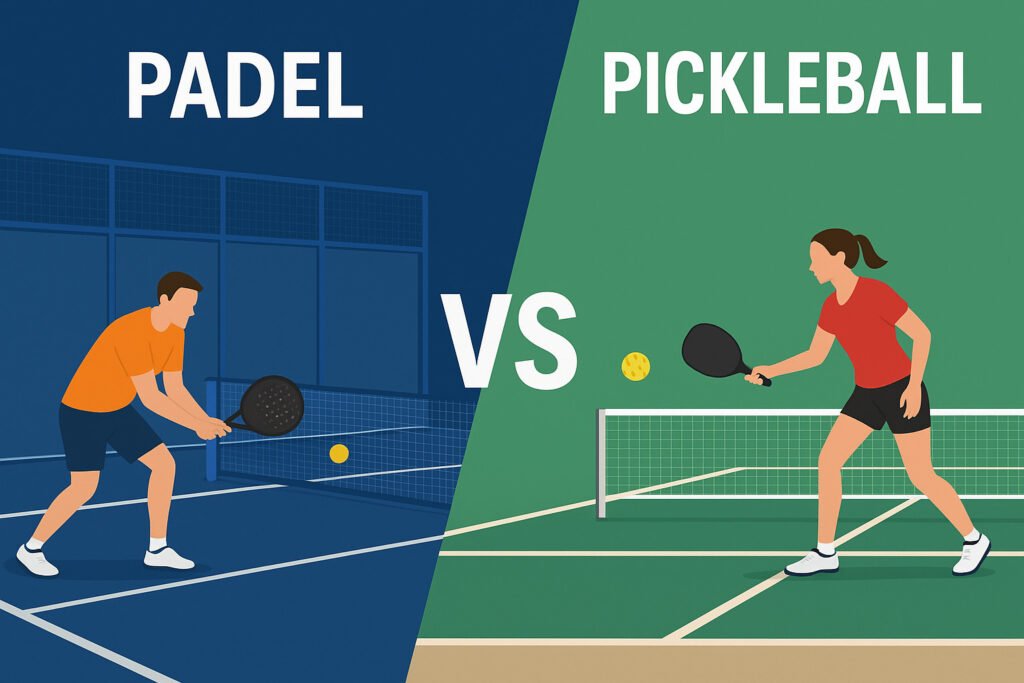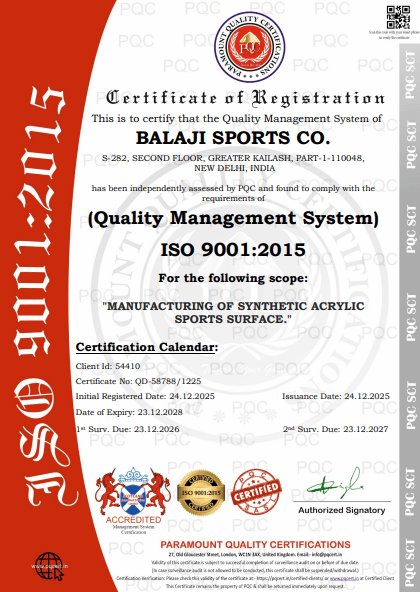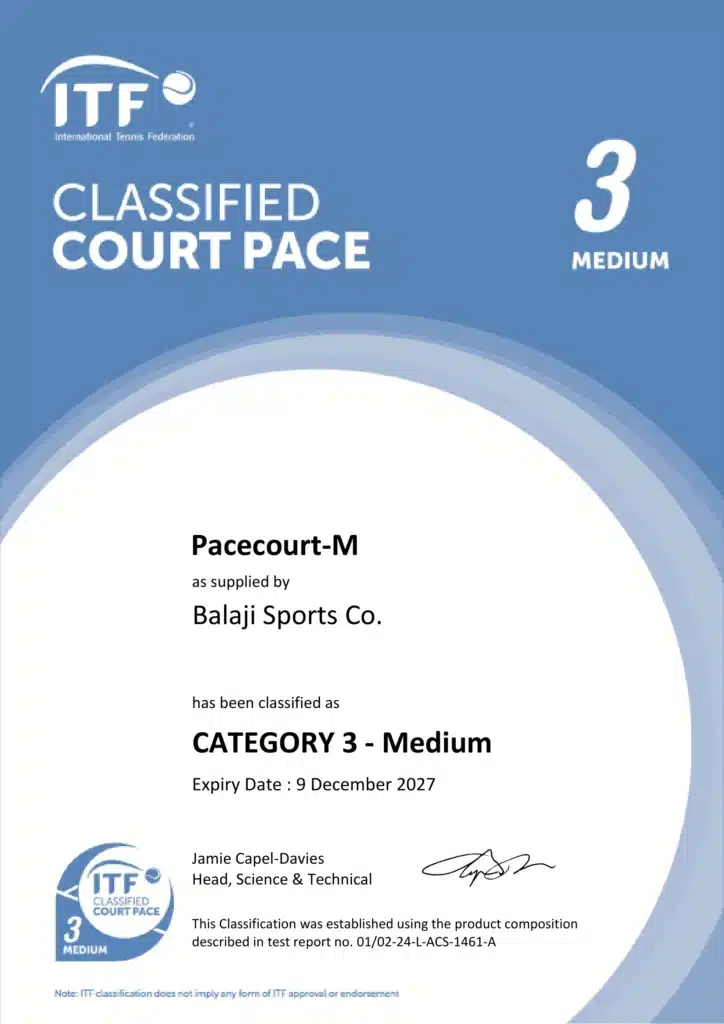Padel vs Pickleball: Key Differences, Rules, and Which One You Should Try
In recent years the world of racket sports has seen a big shift with the rise of two fantastic games — Padel vs Pickleball. Both have quickly grabbed the attention of sports enthusiasts, fitness lovers and even professional athletes looking for fast paced, social and accessible alternatives to traditional tennis. While these sports share similarities in being easy to learn and fun to play they are very different in their origins, equipment, court design and gameplay style. Padel is often described as a mix of tennis and squash played on an enclosed court with glass walls, you get thrilling rebounds and long rallies. Pickleball is a combination of tennis, badminton and ping-pong played on a smaller court with a perforated plastic ball — perfect for players of all ages and skill levels. In this blog we’ll break down the differences between padel and pickleball, we’ll cover everything from court size and rules to equipment and popularity so you can decide which sport is for you. What is Padel? Padel is a rapidly growing racket sport that blends the best features of tennis and squash. It was first invented in Mexico in 1969 by Enrique Corcuera and later gained massive popularity in Spain and Argentina, eventually spreading across Europe, the Middle East, and now Asia. Padel is typically played in doubles format on an enclosed court that’s about one-third the size of a tennis court. The court is surrounded by glass or mesh walls, which players can use to rebound the ball — adding a strategic and exciting twist to the game. Players use a solid, stringless racket made of composite materials with perforations and a pressurized tennis ball. The ball is served underhand, and points are scored much like in tennis. However, unlike tennis, the ball remains in play even after it bounces off the walls, making rallies longer and the gameplay more thrilling. Padel is known for being easy to learn, low-impact, and highly social, which makes it appealing to beginners as well as experienced athletes. Its mix of technique, strategy, and teamwork creates a perfect balance between fun and competition. What is Pickleball? Pickleball is one of the fastest-growing sports in the world, combining elements of tennis, badminton, and table tennis. It was invented in 1965 in Washington, USA, by Joel Pritchard, Bill Bell, and Barney McCallum as a fun backyard game for families. Today, it has evolved into a competitive sport played globally, with professional leagues and tournaments. Pickleball is played on a smaller court — about the size of a badminton court — with a solid paddle made of wood or composite materials and a lightweight plastic ball featuring holes (often called a “wiffle ball”). The game can be played in singles or doubles, making it versatile for different skill levels and age groups. The sport uses a lower net and emphasizes strategy, precision, and quick reflexes rather than raw power. Serves are done underhand, and points can only be scored by the serving team. The rally style encourages close net play, fast exchanges, and tactical positioning — all while being easy on the joints. Pickleball’s biggest appeal lies in its simplicity, inclusivity, and community-driven nature. It’s a sport where beginners can quickly get the hang of the game, yet professionals find endless depth in its strategy and shot placement. Padel vs Pickleball: Key Differences Although Padel and Pickleball share similarities as modern racket sports that encourage fun, fitness, and social play, they differ in several important ways — from court size and equipment to gameplay and scoring. Understanding these differences helps players choose the sport that best fits their style and preferences. Here’s a quick comparison between Padel and Pickleball: Feature Padel Pickleball Origin Mexico (1969) USA (1965) Court Size 20m x 10m (enclosed with glass or mesh walls) 13.4m x 6.1m (open court, smaller) Playing Format Usually Doubles Singles or Doubles Court Surface Artificial turf or synthetic flooring Acrylic, concrete, or synthetic flooring Racket/Paddle Solid racket with holes, no strings Flat paddle made of wood or composite materials Ball Type Pressurized tennis ball Lightweight perforated plastic ball Walls Used for rebounds (like squash) No walls — ball must stay within court lines Serving Style Underhand, below waist level Underhand serve, diagonal to the opponent’s court Scoring System Same as tennis (15, 30, 40, game) Points scored only by serving team; first to 11 or 15 Speed & Style Fast-paced with wall rebounds and teamwork Strategic with slower rallies and precise placements Popularity Regions Europe, Middle East, Latin America USA, Canada, Australia, India (emerging) Both games promote agility, coordination, and social interaction — but the gameplay experience differs. Court Design & Flooring Differences One of the most noticeable distinctions between padel and pickleball lies in their court design and flooring materials. Both sports have unique setups that influence the pace, bounce, and overall playing experience. Padel Court Design A padel court measures 20 meters long and 10 meters wide and is enclosed by glass or mesh walls on all sides. These walls are not just for boundary — they’re an active part of the game. The ball can rebound off them, allowing for longer and more tactical rallies. The surface of a padel court is typically made from synthetic turf or artificial grass, which provides excellent traction, shock absorption, and consistent ball bounce. The flooring is often combined with a sand infill to improve grip and durability. Proper drainage systems are also integrated to prevent water accumulation, especially in outdoor courts. Pickleball Court Design In contrast, a pickleball court is smaller — 13.4 meters long and 6.1 meters wide — and does not have enclosing walls. It’s marked with clear boundary lines, similar to a badminton court, and divided by a low net that slightly resembles a tennis setup. Pickleball courts are usually built on acrylic, concrete, or synthetic flooring, offering a hard and smooth surface for quick movements and predictable bounces. For indoor setups, polyurethane or vinyl flooring is preferred for added comfort




